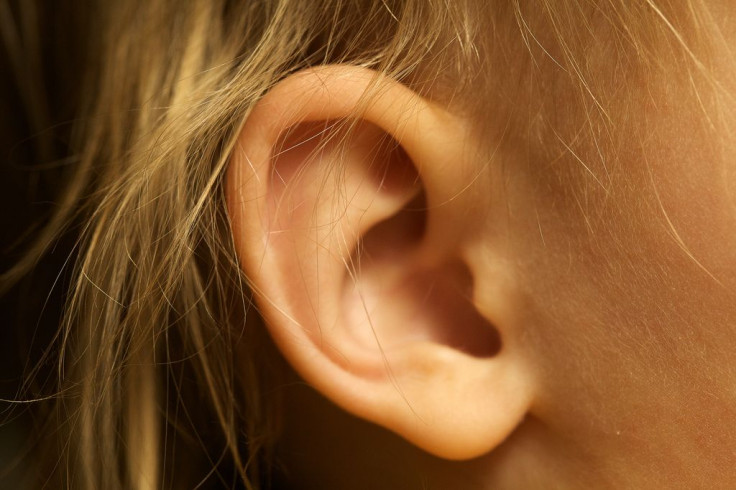In Discovering How Ear Cells Regenerate Themselves, Scientists Are One Step Closer To A Hearing Loss Cure

Regeneration of human body parts is a trope straight out of science fiction movies and comic books. But, it turns out, it's not an entirely made up concept. Researchers have discovered that some cells in the human ear — called "tip links" — regenerate themselves in order to keep your hearing sharp.
The ear is a sensitive tool for reception of audio stimuli. The ear receives sounds by allowing the sounds to push its sensory cells, called hair cells, around to indicate a disturbance. The pushing of the sensory cell begins a cascade of chemical signals that enables the brain to understand the sounds received.
The tip links are part of this process — they are connector cells, creating links between hair cells, that are sensitive enough to ensure sharp hearing. These connections are easily broken by loud sounds, as the hair cells get pushed too far back by the sound and when it goes back to its normal position, the tip link is no longer there to connect it to the other hair cells. Tip links are very fragile, but regenerate within a few days and sharpen hearing once more.
Before now, little was known about the regeneration of tip link cells. However, researchers have now revealed not only the tip link's composition, but the mechanism by which it regenerates and have labelled it as a two-step mechanism.
After purposefully causing auditory damage in mice, the researchers watched as two proteins come together to re-link the hair cells and recreate the tip links themselves. The two proteins are a cadherin and a protocadherin. These are sticky and adhesive proteins which keep the hair cells together in lieu of the tip links themselves. Their adhesive properties are important — tip links are also adhesive, and without the actual tip link, the hair cells need some way to be stuck together. Mature tip links form at the tips of hair cells, and these two proteins bind in the same place, indicating that they are responsible for maturing into tip link connections.
An important finding during this study was that tip links are composed of both cadherins and protocadherins, not one or the other.This proves the mechanism for tip link regeneration that they found. In experimental conditions, if only protocadherin is added to hair cells with damaged tip links, it will only bind the base of the cell, instead of the tip where it belongs. At the end of five days, when tip links usually reform, there is no regeneration.
Although the study is fairly dense with scientific data, it has very clear practical implications: by discovering how tip links regenerate, researchers aren't far from figuring out how people with hereditary hearing loss, or people who work in loud industries, such as construction, could regain their hearing. Much hearing loss is attributed to the loss of tip link instead of hair cells (hair cells are much stronger than tip links). If scientists can figure out how to harness the two proteins needed to regenerate tip links, they may soon be able to quickly and effectively regenerate a patient's hearing loss. While clinical trials have not yet been performed, this finding shows much promise for the hearing impaired.
Source: Inzhykulian AA, Stepanyan R, Nelina A, et al. Molecular Remodeling of Tip Links Underlies Mechanosensory Regeneration in Auditory Hair Cells. PLoS Biology. 2013.
Published by Medicaldaily.com



























